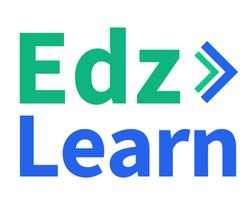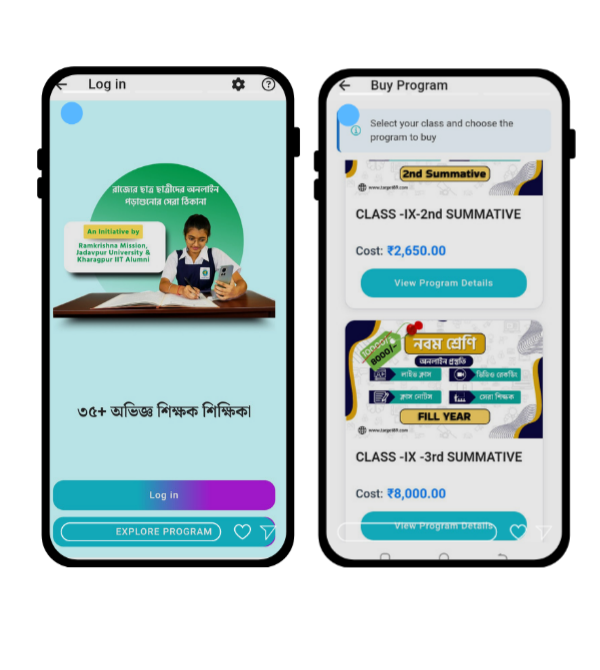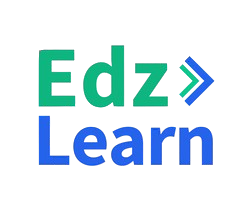In the rapidly evolving world of online education, creating accessible courses is no longer an option but a necessity. Accessibility standards are designed to ensure that all learners, including those with disabilities, can fully participate in and benefit from educational content. These standards, outlined by guidelines such as the Web Content Accessibility Guidelines (WCAG), mandate that online content be perceivable, operable, understandable, and robust (POUR). Adhering to these principles not only broadens the reach of educational content but also ensures fairness and inclusivity. This guide will walk you through the essential steps to creating an accessible course, making your content easy to access and navigate for everyone.
How to Create an Accessible Course
Creating a course that meets accessibility standards involves careful planning and execution. Here are some critical steps:
1. Arrange the Focus Order Logically:
Ensure that users can navigate through your course content using keyboard shortcuts in a logical and intuitive order. This arrangement is crucial for learners who rely on keyboards rather than a mouse to interact with content. The sequence should make sense visually and contextually, guiding learners smoothly from one section to the next.
2. Specify the Course Language:
Clearly define the primary language of your course at the beginning. This helps screen readers interpret and pronounce the text correctly, providing a seamless experience for learners who depend on text-to-speech tools. Additionally, setting the language helps ensure that any automated translations maintain accuracy and context.
3. Provide Clear Text Labels:
All interactive elements, such as buttons, links, and form fields, should have descriptive text labels. These labels help learners understand the function and purpose of each element, particularly those using screen readers. For example, instead of a button simply labeled “Submit,” use “Submit Your Answer” to give context.
4. Enable Skipping of Repetitive Navigation:
Offer options to bypass repetitive navigation elements like menus and headers. This feature is beneficial for learners who use screen readers or keyboard navigation, allowing them to jump directly to the main content without unnecessary repetition.
5. Ensure Visible Focus Indicators:
Use high-contrast colors for focus indicators to make them easily visible. This aids learners with visual impairments in seeing where they are on the page when navigating via keyboard. The focus indicator should be distinct and stand out against the background and surrounding elements.
6. Provide Adjustable Font Sizes:
Allow learners to increase the font size of text within your course. This is particularly helpful for those with visual impairments who may struggle with smaller text. Ensure that enlarging the font does not break the layout or design of the course content.
7. Avoid Reliance on Color Alone:
Do not use color as the sole means of conveying information. Supplement color-coded information with text labels, patterns, or shapes. This practice ensures that learners with color vision deficiencies can still understand the content. For instance, instead of only highlighting important text in red, use a bold font or an asterisk.
8. Provide Text Alternatives for Non-Text Content:
Include text descriptions for images, videos, and audio content. This practice ensures that all learners, including those with hearing or visual impairments, can access the information. For videos, provide captions and transcripts; for images, use descriptive alt text.
Understanding WCAG and POUR Principles
The Web Content Accessibility Guidelines (WCAG) provide a comprehensive framework for making web content accessible. These guidelines are built around four principles known as POUR:
Perceivable:
Information and user interface components must be presented in ways that users can perceive. This principle includes providing text alternatives for non-text content and ensuring that content can be presented in different ways (e.g., simpler layout) without losing information or structure.
Operable:
User interface components and navigation must be operable. This means making all functionality available from a keyboard and providing users with enough time to read and use the content. It also involves ensuring that content does not cause seizures or physical reactions and that users can easily navigate and find content.
Understandable:
Information and the operation of the user interface must be understandable. This involves making text readable and predictable and providing input assistance, such as help in correcting mistakes. Ensure that the language used is clear and concise, and avoid jargon that may confuse learners.
Robust:
Content must be robust enough to be interpreted reliably by a wide variety of user agents, including assistive technologies. This ensures that as technologies evolve, content remains accessible and usable.
Making Your Course Easy to Access
Here are some additional steps to ensure your course is easily accessible:
Provide Clear Instructions:
Offer straightforward instructions on how to navigate the course and use its features. This helps all learners, especially those with cognitive disabilities, understand what is expected of them and how to interact with the content.
Conduct Accessibility Testing:
Regularly test your course with various accessibility tools and real users who have disabilities. This practice helps identify and fix issues that automated tools might miss, ensuring a more comprehensive accessibility check.
Offer Multiple Formats for Content:
Provide course materials in various formats such as text, audio, and video. This allows learners to choose the format that best suits their needs and preferences, enhancing the learning experience for all.
Use Simple and Clean Design:
Keep the course design simple and uncluttered with a consistent layout. Avoid excessive use of animations and ensure that important elements are easy to locate. A clean design improves navigation and reduces cognitive load for all learners.
Provide Support Options:
Offer robust support options, such as helpdesks, chat support, or forums where learners can ask questions and receive assistance. This is crucial for those who might encounter accessibility barriers and need help to proceed.
Leveraging Accessibility in Learning Management Systems (LMS)
A Learning Management System (LMS) can play a vital role in ensuring your course meets accessibility standards. Here’s how an LMS can help:
Built-in Accessibility Features:
Many LMS platforms come with built-in accessibility features that can help you design your course to be more inclusive. These features may include screen reader compatibility, adjustable text sizes, and high-contrast themes.
Templates and Guidelines:
Use LMS-provided templates and guidelines that are designed with accessibility in mind. These resources can streamline the process of creating accessible content and ensure consistency across your course.
Tracking and Analytics:
Leverage the tracking and analytics capabilities of your LMS to monitor learner engagement and identify potential accessibility issues. This data can help you make informed decisions about where to improve accessibility.
Community and Collaboration:
Use the collaborative features of your LMS to engage with other educators and accessibility experts. Sharing best practices and insights can help you stay up-to-date with the latest accessibility standards and techniques.
Conclusion
Creating an accessible online course is an essential step toward inclusive education. By following accessibility standards and principles, such as those outlined in WCAG and POUR, you can ensure that your content is usable and beneficial to all learners, including those with disabilities. Implementing these practices not only enhances the learning experience but also aligns with legal and ethical responsibilities.
Investing time and resources into accessibility is not just about compliance—it’s about creating a learning environment where every student has the opportunity to succeed. Through careful planning, testing, and utilization of available tools and resources, you can create a course that is truly inclusive and accessible to everyone. As educators, we must break down barriers and provide equal access to education for all.















